Last year’s top-tier Lenovo Legion 7 gaming laptop was an Intel exclusive, but that’s changing with the 2021 update.
This time around Lenovo will offer both Intel and AMD models, paired with RTX 3000 graphics. The Intel model is coming later, once Tiger Lake H gets ready to ship, while the AMD Ryzen 5000 variant has been unveiled as of January 2021. Don’t get too excited, though, it’s only coming in stores around June 2021, several months from now.
This article down below gathers our early thoughts on the updated 2021 Legion 7, and is a work in progress as we’re filling up the blanks.
Compared to the previous Legion 7 generation, the 2021 model is marginally thicker and heavier, but accommodates a 16:10 QHD display with narrower bezels, and an updated CoolFront 3.0 vapor-chamber thermal module with liquid metal thermal compound applied from the factory. That’s aside from the updated specs, of course.
Update: Our detailed review of the 2021 Lenovo Legion 7 is available over here, while our review of the Intel-based Legion 7 is also available over here. Also, here’s our review of the lighter and more portable Legion Slim 7 series.
Update2: In the meantime, our coverage of the updated 2022 Lenovo Legion 7 and 7i models is available here. Our review of the 2022 Legion Legion 7i is also available here.
Here’s a quick specs-sheet of the 2021 and 2020 Legion 7 models, as well as the 2021 Legion 5 Pro that some of you shopping on more limited budgets might consider instead, especially since that’s going to be available around March.
| 2021 Lenovo Legion 7 16ACH-06 – review | 2020 Lenovo Legion 7i 15IMH05 | 2021 Lenovo Legion 5 Pro 16ACH-06 – review and review | |
| Screen | 16-inch, QHD 2560 x 1600 px IPS, 16:10, non-touch, matte 165 Hz 3ms response, GSync support 400-nits, HDR 400, 100% sRGB |
15.6-inch, FHD 1920 x 1080 px, 16:9, non-touch, matte 240 Hz 3ms 500-nits 100% sRGB, GSync |
16-inch, QHD 2560 x 1600 px IPS, 16:10, non-touch, matte 165 Hz 3ms response, GSync support 400-nits, 100% sRGB |
| Processor | up to AMD Cezanne Ryzen 9 5000 | up to Intel Comet Lake H Core i9-10980HK | up to AMD Cezanne Ryzen 7 5000 |
| Video | Radeon Vega + Nvidia RTX 3000 Laptop series (3080 ?? – to be updated) | Intel UHD + up to Nvidia RTX 2080 Super | Radeon Vega + Nvidia RTX 3000 Laptop series (3070 ?? – to be updated) |
| Memory | up to 32 GB DDR4 3200 MHz (2x DIMMs) | up to 32 GB DDR4 3200 MHz (2x DIMMs) | up to 32 GB DDR4 3200 MHz (??) |
| Storage | up to 2 TB M.2 NVMe (dual M.2, with RAID) | up to 2 TB M.2 NVMe (dual M.2, with RAID) | up to 2 TB M.2 NVMe (dual M.2 ??) |
| Connectivity | Wireless 6 (Intel AX201), Bluetooth 5.1, Gigabit LAN | Wireless 6 (Intel AX201), Bluetooth 5.1, Gigabit LAN | Wireless 6 (Intel AX201), Bluetooth 5.1, Gigabit LAN |
| Ports | Left: 1x USB-C 3.2 gen2 with DP, audio jack Right: 1x USB-C 3.2 gen1, e-Shutter button Rear: 3x USB-A 3.2, 1x USB-C 3.2 gen2 with DP and charging, HDMI 2.1, LAN, DC-in |
Left: 1x USB-C with Thunderbolt 3, 1x USB0-C 3.1 gen1, audio jack Right: 1x USB-A 3.1 gen1 Rear: 2x USB-A 3.2, HDMI 2.0, LAN, DC-in, Lock |
Left: 1x USB-C 3.2 gen2 with DP, audio jack Right: 1x USB-C 3.2 gen1, e-Shutter button Rear: 3x USB-A 3.2, 1x USB-C 3.2 gen2 with DP and charging, HDMI 2.1, LAN, DC-in |
| Battery | 80 Wh, 300 W power adapter | 80 Wh, from 170 W power adapter | 80 Wh ??, 230 W power adapter |
| Size | 356 mm or 14.01” (w) x 261 mm or 10.27” (d) x 23.5 mm or .93” (h) | 360 mm or 14.15” (w) x 259 mm or 10.2” (d) x 19.9 mm or .78” (h) | 356 mm or 14.01” (w) x 264 mm or 10.4” (d) x 26.9 mm or 1.1” (h) |
| Weight | from 2.5 kg (5.5 lb) + power brick | from 2.3 kg (5.2 lb) + power brick | from 2.45 kg (5.4 lb) + power brick |
| Extras | Corsair RGB backlit keyboard, 2x 2W stereo speakers, HD webcam with Shutter, Grey color, RGB lightbar, logo and vents | Corsair RGB backlit keyboard with NumPad, 2x 2W stereo speakers, HD webcam, Blue or White colors, RGB vents and logo | white/blue/4-zone RGB backlit keyboard with NumPad, 2x 2W stereo speakers, HD webcam with Shutter, Gray or White colors |
Little has changed in terms of design and build between the 2021 and 2020 Legion 7 models.
Both are entirely made out of metal and available in a dark-gray color scheme, with most of the IO lined on the sides. The 2021 model gets the larger screen with smaller bezels and an e-shutter protected camera at top, a slight redesign of the punctured grill that flanks the power button (there’s still a pesky light in it), a larger clickpad and extra RGB, with a thin light-bar that spreads over the front and much of the laterals. I’m not big into RGB elements, but I have to agree I kind of liked the lightbar on the MSI GE66 Raider and the Asus ROG Scar, and I don’t mind Lenovo offering it here, especially since there’s always the option to switch it off if needed.
That aside, the Corsair Trustrike keyboard with per-key RGB lighting looks similar on both generations, but I did notice a slight IO rearrangement on the 2021 model. All the USB-A slots are now on the back, and this gets 3x USB-C slots, one on each side and another on the back, with this latter one supporting charging as well. There’s still no SD card-reader or Thunderbolt support on this AMD configuration, which will be available on the Intel models.
Speaking of the AMD configuration, Lenovo mentions that the Legion 7 tops at the highest-tier Ryzen 9 5000 processor and most likely RTX 3080 graphics, especially since it is bundled with a 300W power supply. Lower-tier models should also be available, though, and make sure to read in-depth reviews to figure out which configuration is going to best suit your needs and budget, while also factoring in the thermals/noise levels you’d find comfortable on your gaming machine.
As mentioned already, the hardware is kept in check by a reiteration of Lenovo’s dual-fan + vapor chamber thermal module successfully implemented in the 2020 Legion 7, with liquid-metal now applied instead of regular thermal compound. I have high hopes this will cope fine with the task at hand, even on the top configurations. We’ll see, though, only reviews can properly shed light on this matter.
A novelty for this year is a piece of AI software that Lenovo calls the Legion AI Engine, which juggles with CPU/GPU power settings in order to maximize the performance in AAA titles. I’d also expect Advanced Optimus technologies to be implemented, capable of diverting power between the components based on load, as well as dynamically sync the GPU output to the content displayed on the screen, in order to minimize tearing and lag. The specs mention the system is GSync compatible, but I’m looking for further clarification on what this exactly means here.
For the screen, the 2021 Legion 7 gets the novelty every OEM is offering at the higher-end now, the 16:10 QHD panel with 165 Hz refresh rate, 3 ms response, and 400-nits of brightness. This is not as fast or as bright as the 240 Hz 500-nits FHD screen on the previous Legion 7, but should be a nicer balanced option for a multitude of workloads, thanks to the sharper resolution. Colors are still only around 100% sRGB on this panel, so this might not be the best choice for creators and color-accurate work. Right now Lenovo doesn’t seem to offer an option for this sort of professional buyers, but that might change in the future.
Finally, I should mention that the 2021 Legion 7 gets the same 80 Wh battery as the previous gen, which should ensure around 3-5 hours of daily use. USB-C charging is supported if you don’t want to lug around the main power brick when traveling or commuting.
Update: Our detailed review of the 2021 Lenovo Legion 7 is available over here, while our review of the Intel-based Legion 7 is also available over here. We’ve also put up a detailed comparison of the Legion 7 against two other popular 3080 Laptops out there, the Asus ROG Scar 17 and Zephyrus S17.
That’s about it for now, but look for our updates in the weeks and months to come. As mentioned in the beginning, this Legion 7 series is only expected in stores around June 2021, from what we know so far, starting at a little under $1700 in the US.
Based on past experience with the 2020 Legion lineups, I’m confident this will once more be a top contender in its class. An expensive option, nonetheless, which has been the major complaint about the 2020 generation, alongside the plastic feel of the keyboard, and none seem to have changed this year. I’d love to hear what you think about it, so make sure you get in touch in the comments down below.

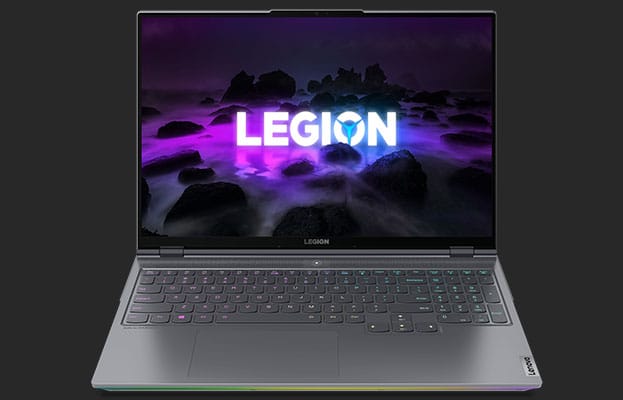
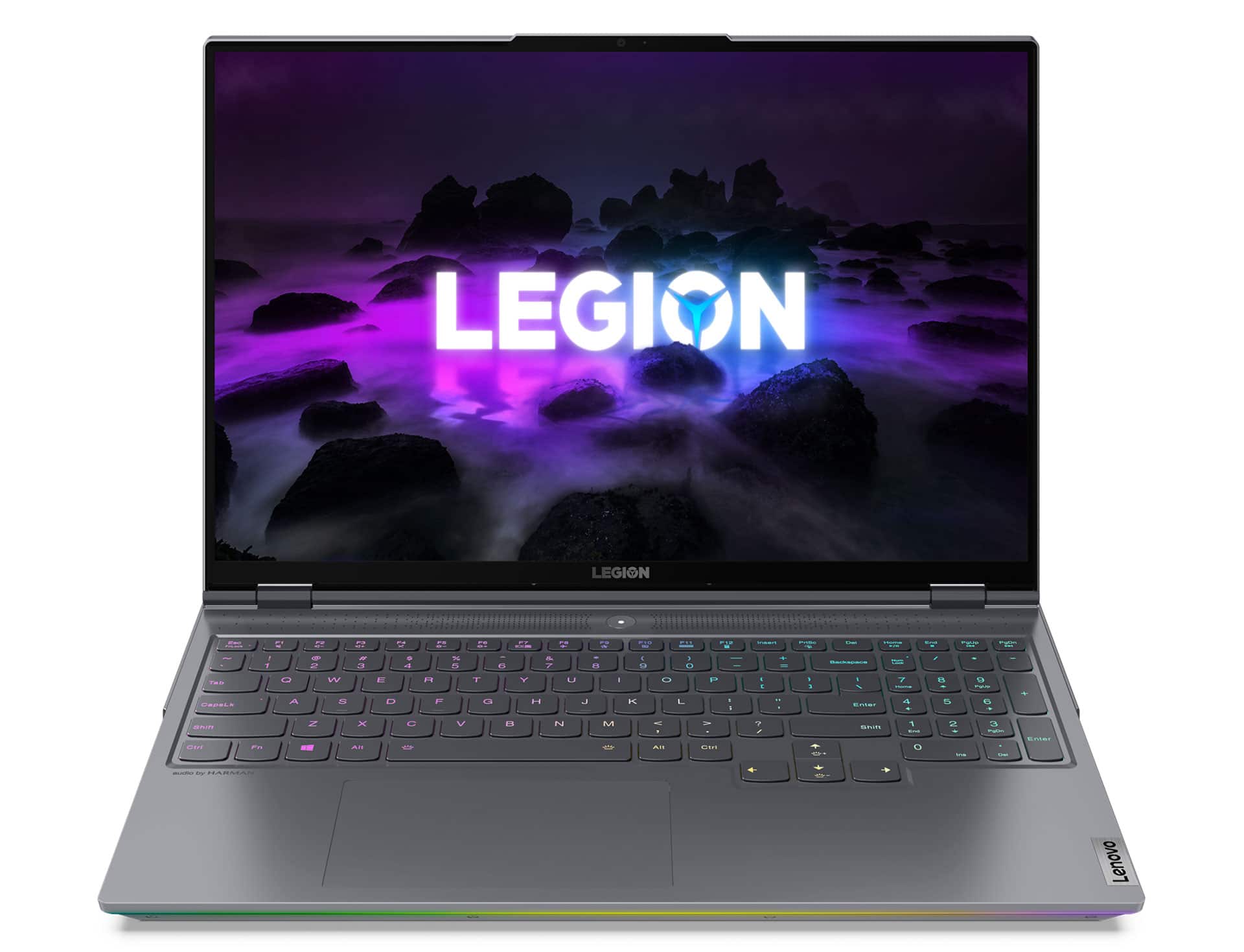
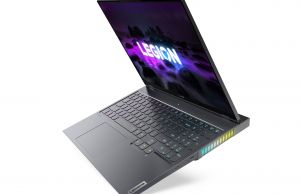
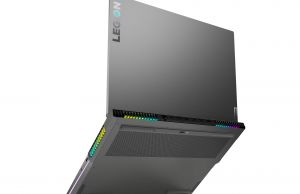
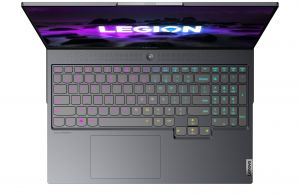

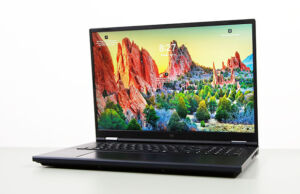
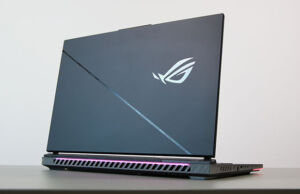
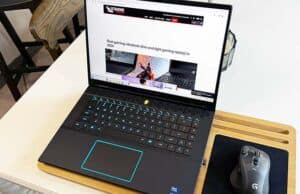
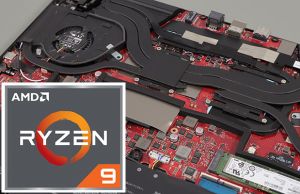

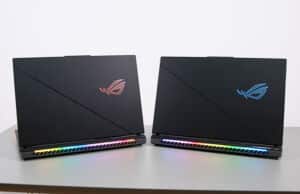



Oss
February 22, 2021 at 3:11 pm
I smell 3080 with 150W (300w power adapter)
Andrew
February 24, 2021 at 12:09 pm
And now I give up. They’re going to put EVERYTHING I want besides a decent screen… I’m a creator and gamer. But I can either chose the asus rog strix 17 with 2k dci-p3 screen but only a 115 watt 3080, or I can choose this with a 135 watt 3080 but sRBG screen. Nobody will include a 100% adobe RBG or dci-p3 4K screen unless it’s paired to a crappy 10th gen i7 instead of the AMD 5900hx.
I just want 3080 max-p with a 17” 120hz 4K 100% adobe RBG, >500nits
AMD 5900hx
64gb 3200 ram
2tb seagate 520 4th gen nvme + 1tb Samsung 980 pro nvme
Is this too much to ask?! MAX-P should always be paired with AMD and A great screen.
Michael Davis
February 24, 2021 at 5:13 pm
In the same boat. Been driving me crazy for the past few weeks trying to decide. Nobody is offering everything in one package and it sucks. I finally went with alienware m17 r4 with 150w 3080 and 4k 60hz screen because I just can't bring myself to compromise on the 3080 performance and decided I would rather compromise on the cpu. It has hdmi 2.1 so I can hook it up to a better 4k 120 screen when needed.
Andrei Girbea
February 24, 2021 at 6:46 pm
how's the Performance on that 150W 3080 compared to the 115-130W 3080 in the Strix?
Terry
March 30, 2021 at 6:46 pm
I actually have the same thoughts with you, for me, I will definitely choose Legion, because I have high requirement on brightness, 500nit is amazing, but I think you should go to ROG, because Legion will have better performance, but should not be too much ,but if you have high requirement on screen color gamut, P3 is an absolute.